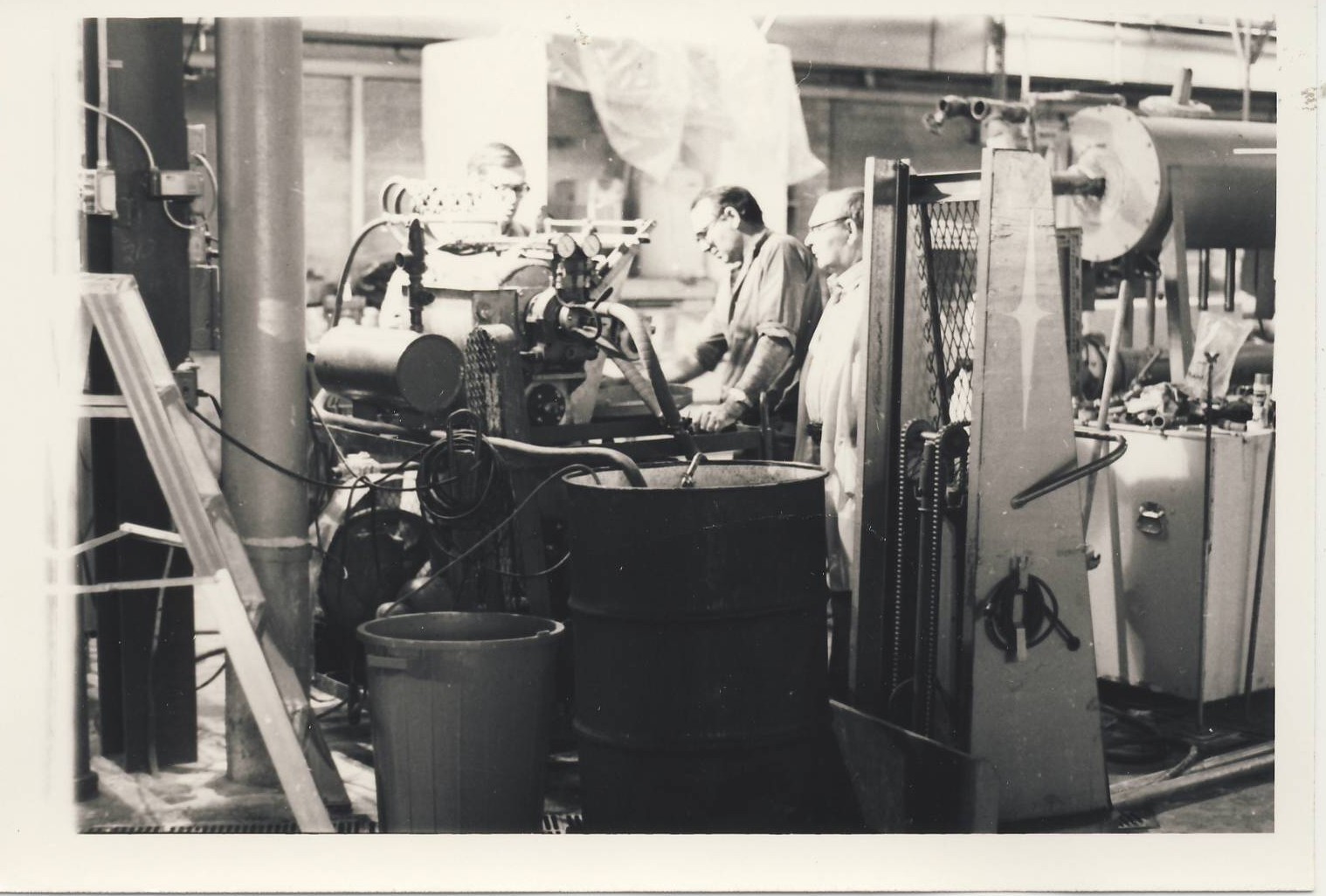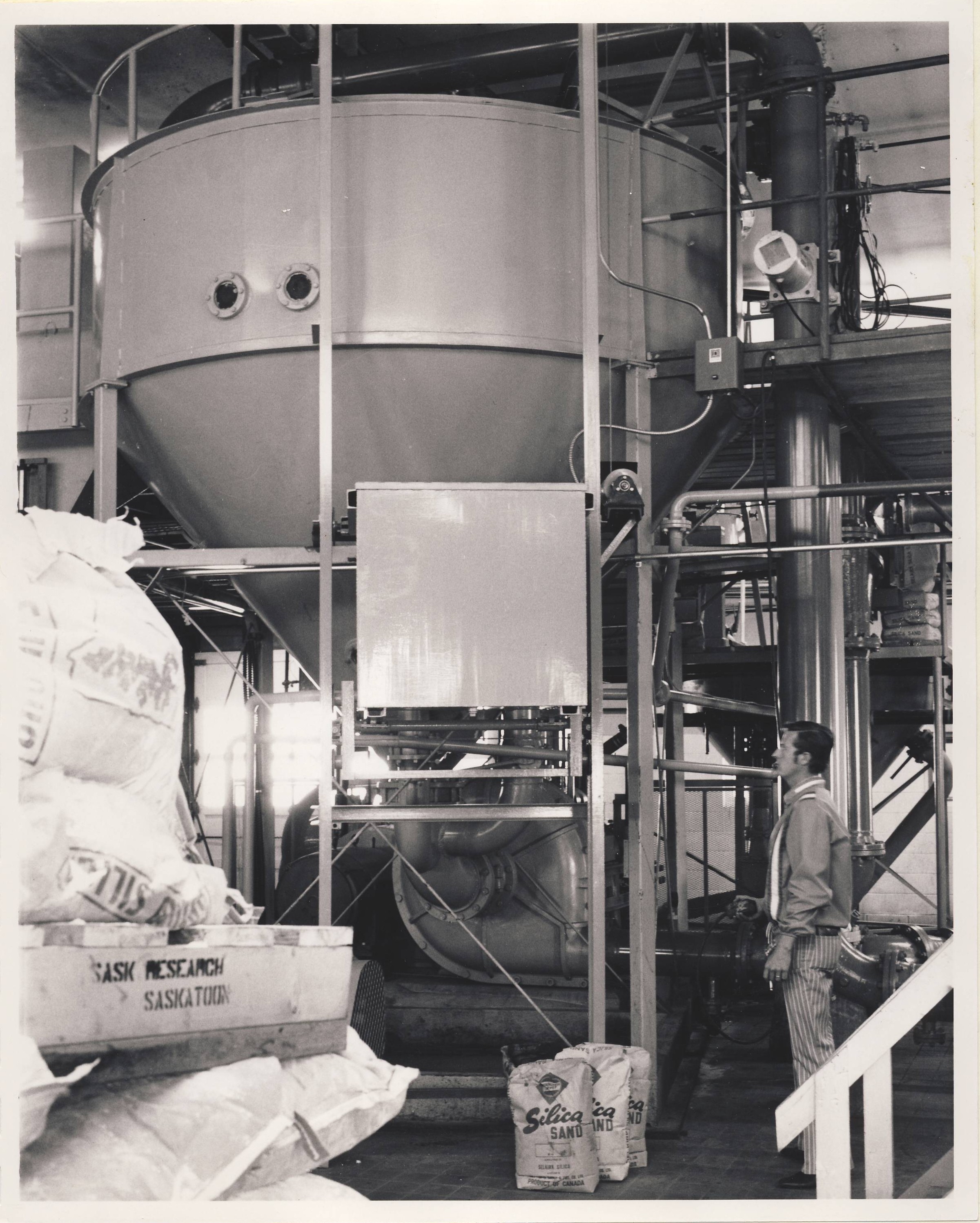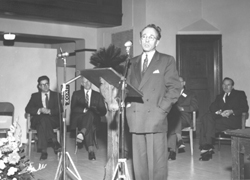“Innovation Insight” is a blog series written by SRC’s President Emeritus, Dr. Laurier Schramm, which aims to shed light on the importance of innovation in driving economic, societal and environmental growth. This is the first in a sub-series about SRC's evolution over the past 70 years.
At the beginning of the 20th century, organized research, development and technological innovation were quite rare, but this changed with the advent of industrial research councils.
The Origin of Research Councils
The United States’ National Research Council was formed in 1916 and seemed to quite quickly become interested in the role of research in helping industry advance (hence the term “industrial research”). Systematic research and development (R&D), and the linear model of technological innovation were fairly new concepts at the time, as in 1928 research was still a relatively new tool of industry in North America.
Meanwhile, Canada had also formed a research council of national scope in 1916. Originally formed by Order in Council as the Honorary Advisory Council for Scientific and Industrial Research, by 1925 it had became better known as the National Research Council of Canada. One of the initial objectives of the Canadian NRC was to link science and industry for the benefit of the people of Canada, and its first major project was studying the briquetting of Saskatchewan lignite to replace imported anthracite coal as a fuel.

Provincial Research Councils
The first provincial research council established in Canada was in Alberta, which had begun to actively evaluate its mineral resources and their economic development potential. To this end, the Advisory Council of Scientific and Industrial Research of Alberta, was established in 1921. It went through a succession of names, the most enduring of which was the Alberta Research Council (ARC). ARC’s work was halted between 1933 and 1942 due to the Great Depression in Canada. It resumed operations in 1942, in close cooperation with the University of Alberta, but moved to its own dedicated facilities in 1956. The next provincial research council to be created was the Ontario Research Foundation (ORF), which was established in 1928.
The third provincial research council established in Canada was in Saskatchewan. A first attempt had been launched as the Research Council of Saskatchewan (RCS) in 1930. Unfortunately, this coincided with the beginning of the Great Depression, which affected the Prairie provinces in particular and lasted until the beginning of World War II in 1939. Although the Research Council of Saskatchewan was able to conduct a few modest activities in the early 1930s, very little funding for research of any kind was available during this period. Similar to the Alberta experience, these efforts were eventually suspended and the Act was repealed in 1935. However, this was only the first chapter in the history of Saskatchewan’s research council, as will be seen shortly.
The Rise of Applied Research and Development
Following World War II in Canada, attention returned to natural resource potential, and particularly to mineral and petroleum resource potential in Saskatchewan and Alberta. British Columbia and Nova Scotia created research councils, and other provinces followed suit several decades later. The Alberta Government reactivated the operations of its research council, as noted above, and the Saskatchewan Government recreated the Saskatchewan Research Council (SRC) under The Research Council Act, 1947.

Most of the original five Canadian research councils grew and strengthened in the late 1940s and throughout the 1950s. In Saskatchewan and Alberta, dedicated employees and dedicated infrastructure, particularly laboratories and pilot plant facilities, were added in order to permit the councils to pursue substantial programs of practical scientific and engineering research, testing, and development. In SRC’s case this meant launching applied research and development programs targeted at developing Saskatchewan’s natural resources and the economy, beginning with agriculture, water, minerals, and petroleum.
By the end of the 1950s, demand had already exceeded SRC’s capacity and staff, equipment, and facilities expansions were undertaken that included some of the first commercial electronic digital computers, electron microscopes, and spectrophotometers to come on the market.
Some of Saskatchewan’s most notable figures of the era commented on SRC’s progress:
- “… the Saskatchewan Research Council has attempted to initiate and encourage research on a number of problems relating to the economic life of the Province and to the improvement of living conditions in the Province … The impact of this research … is multiple. It advances knowledge, helps develop our provincial resources, … helps us poor mortals reach out to the stars, and, … helps us to do just a few of the impossible things we people in Saskatchewan have always been capable of doing.” Dr. John W.T. Spinks in 1958, shortly before becoming President of the University of Saskatchewan.
- “Over the years in Canada an impressive net-work of Research Councils has been built up, … and they have, I think, constituted a great and well-recognized Canadian achievement … there certainly seems to be scope for government laboratories in the future … I very much doubt that there is any danger of the Saskatchewan Research Council running out of problems [to address].” Dr. E.W.R. “Ned” Steacie, President of the National Research Council, 1958.

Premier Tommy Douglas, 1947 - “The need for a scientific organization responsible to the Provincial Government was realized shortly after the second world war. Indications that the economy of the province was entering a phase of rapid change presenting new opportunities and problems in the fields of science and engineering prompted the Provincial Government to establish the Saskatchewan Research Council in 1947. … the consequent benefit to the provincial economy relative to the expenses of the Council has been beyond expectation.” Hon. T.C. “Tommy” Douglas, Premier of Saskatchewan, 1958.
SRC was on its way.
Interested in learning more about the evolution of research and development in Saskatchewan? Check out Research and Development on the Prairies: A History of the Saskatchewan Research Council.
Reference: Schramm, L.L., Research and Development on the Prairies: A History of the Saskatchewan Research Council, Electronic Ed., Saskatchewan Research Council, Saskatoon, and Amazon.com Inc., 2016.
